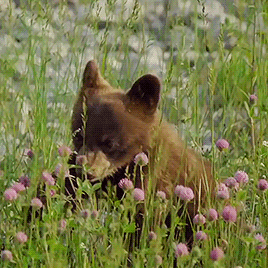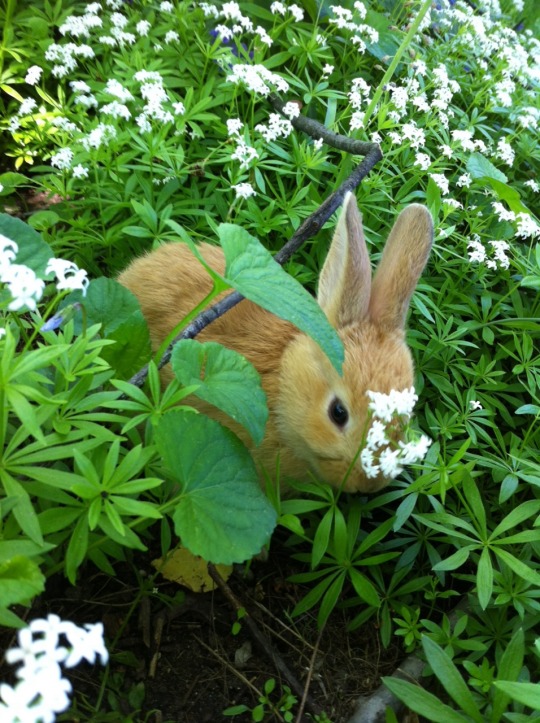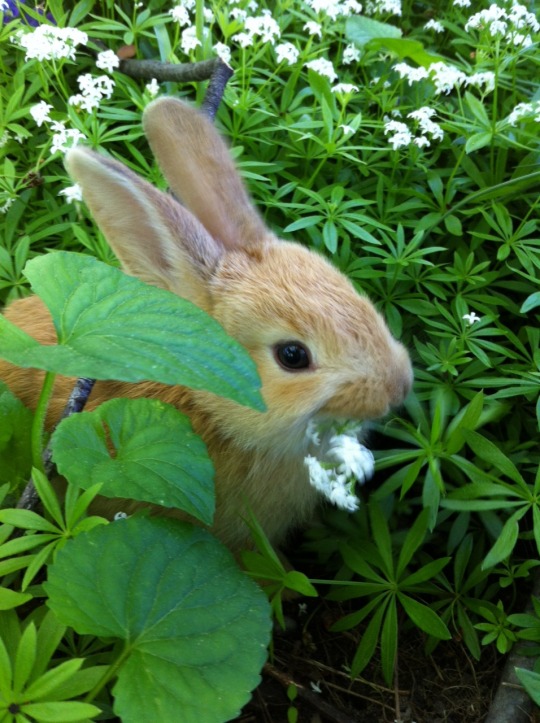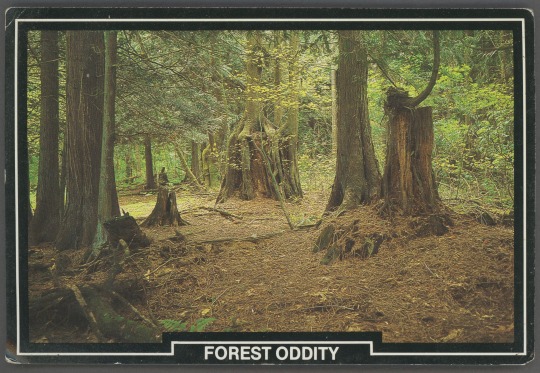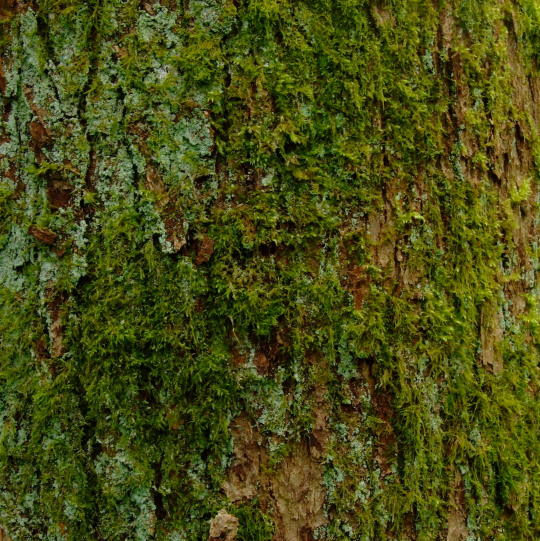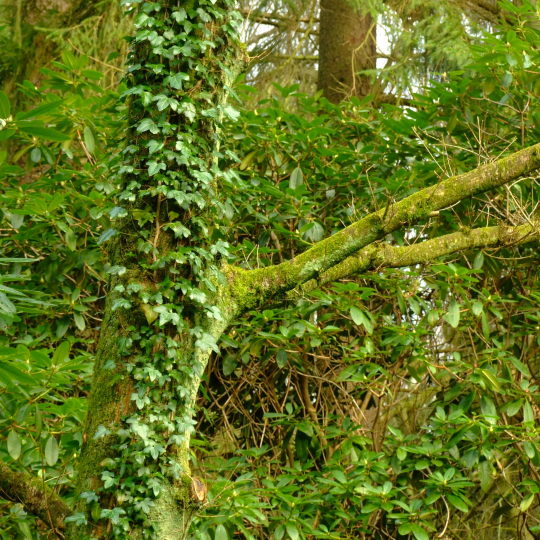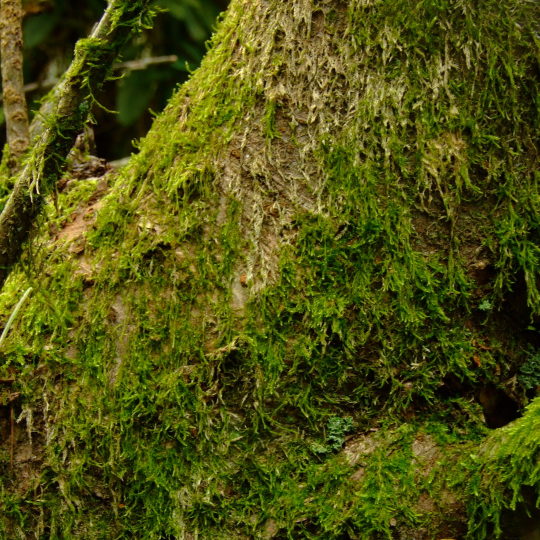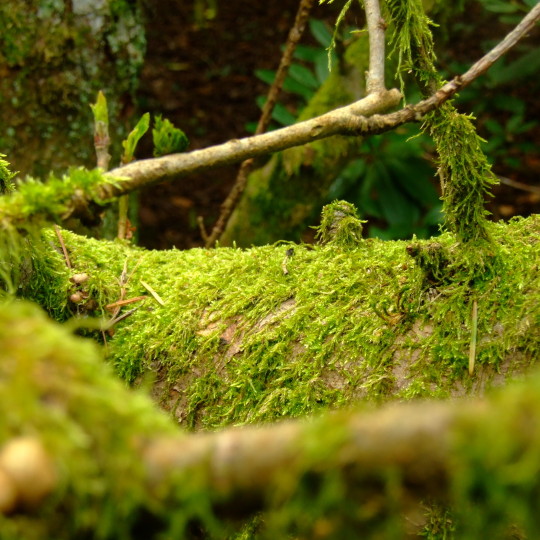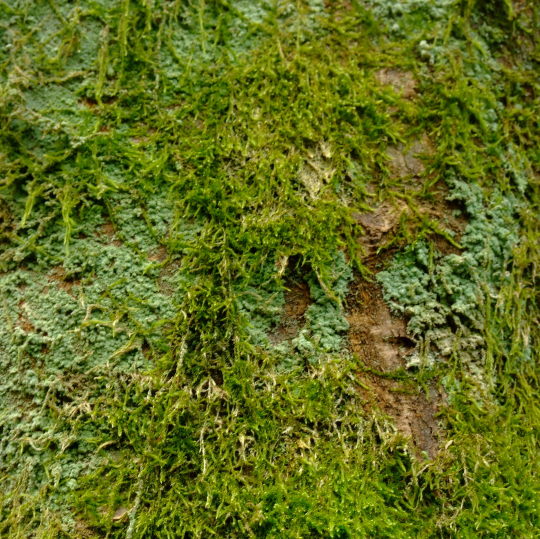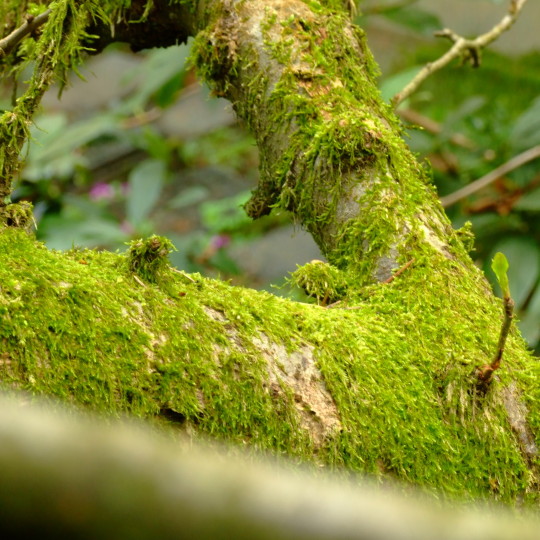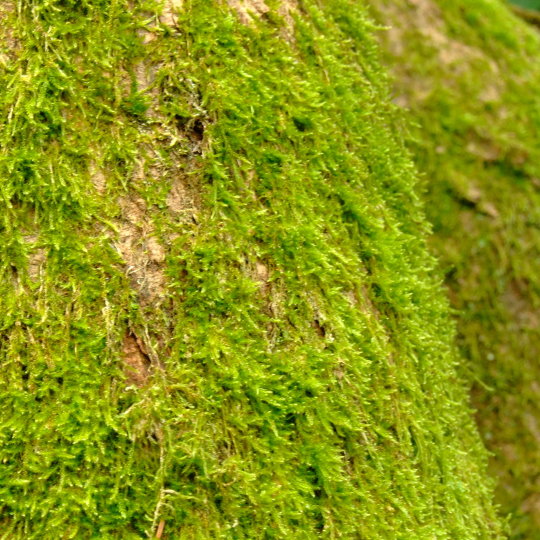Text
20 Edible and Medicinal Plants & Fungi to Forage in Spring
1. Dandelion: The quintessential spring foraging plant, with edible and medicinal flowers, leaves, and roots. Make dandelion salve from the flowers, pesto or a salad with the leaves, and dandelion root coffee with the roots. 50+ Dandelion Recipes: https://www.growforagecookferment.com/dandelion-recipes/
2. Chickweed: A tasty edible green that dies back once the weather gets too warm, so pick it while you can! It's great in salads or pesto, and medicinally is soothing and cooling to the skin thanks to it's saponins.
3. Miner's Lettuce: A delicious salad green that grows wild in the western United States.
4. Wild Violet: Both flowers and leaves are edible and medicinal! They're often one of the first flowers in spring and make a delicious violet jelly or syrup or can be made into soothing wild violet soap or violet leaf balm. Violet Leaf Balm Recipe: https://thenerdyfarmwife.com/violet-leaf-balm-good-for-eczema-fibrocystic-breasts/
5. Clover: Red clover and white clover blossoms are both sweet and edible. Red clover especially is packed with vitamins and minerals! They both make a delicious tea, white clover iced tea recipe here: https://www.growforagecookferment.com/white-clover-iced-tea/
6. Fiddlehead Ferns: Fiddleheads are just fern leaves before they unravel, available only for a few weeks in spring. Ostrich fern is the most popular and tasty, similar in flavor to asparagus. Some fern varieties are toxic! *Make sure you have a good guidebook and always positively identify before harvesting!
7. Ramps: Also known as wild leeks. They have a strong onion flavor and can be used in place of onions or garlic. It's *important* to remember that ramps are becoming threatened in many areas. Consider your foraging spot and ALWAYS cut ramp leaves, leaving the bulb in the ground to regrow.
8. Cattail Shoots & Pollen: Every part of cattails can be used in some way, but the young spring shoots are the tastiest. They kind of taste like cucumber and can be eaten raw. The yellow pollen that covers the flower spike in spring and summer can be used as a foraged flour substitute.
9. Wild Asparagus: Notoriously difficult to spot, wild asparagus grows in patches throughout the US and Canada and tastes just like regular garden asparagus.
10. Stinging Nettle: *Bring a pair of gloves for harvesting! Don't touch it with bare skin!* Nettle is a superfood, packed with vitamins and minerals. Cooking it gets rid of the sting. Nettles are also medicinal, commonly used for kidney and bladder problems and as a tonic for women's reproductive health. Stinging Nettle-ade Recipe: https://www.growforagecookferment.com/stinging-nettle-ade-recipe/
11. Dead Nettle: Purple dead nettle is the most common variety and is often found in backyards, fields, parks, and gardens. It's delicious in a salad or pesto!
12. Henbit: In the same family as purple dead nettle and very similar looking. This is another yummy green for salads or a wild pesto. Chickens also love henbit, hence the name!
13. Garlic Mustard: Sometimes considered invasive, garlic mustard has a strong garlicky flavor that goes great in soups, salads, stir fries, tacos, and many other dishes. Since it's such a prolific plant you can usually pick lots of it without worry of over-harvesting.
14. Willow: Willow trees are highly medicinal trees and powerful pain relievers. All willows contain salicylic acid, the precursor to aspirin. It's bitter, but chewing some of the inner bark, drying it for a tea, or turning it into a decoction/tincture works well for pain relief and early spring is the best time to harvest.
15. Yarrow: A highly medicinal plant with white flowers and frilly leaves that make it easy to identify. It's bitter, but works in treating fevers and coughs, to help stop bleeding, and heal minor scrapes and bug bites. Yarrow is also great for skincare since it's soothing to the skin.
16. Plantain: Both edible and medicinal, with two main varieties, broadleaf plantain and narrowleaf plantain which are both beneficial. The young leaves can be eaten raw and are very nutritious. Older leaves are good in recipes like soups. Chewing some plantain leaf and putting it on a bug bite, bee sting, or minor wound will help with healing and to stop itching.
17. Cleavers: Many of us know cleavers as a garden weed that sticks to everything, but it's also medicinal! Cleavers are a highly nutritious food and also healthy for the lymphatic system. Blanching will get rid of the sticky hairs, here's some recipe ideas for cleavers: http://www.myhealthyhomemadelife.com/spring-foraging-5-ways-use-cleavers/
18. Morel Mushrooms: Some of the best (and most elusive) mushrooms to forage in spring. Morels should be cooked before eating and can be used like any other mushroom in recipes, they're delicious simply sauteed with a little butter too. *Always use a mushroom guidebook when mushroom hunting and ensure positive identification before consuming!
19. Oyster Mushrooms: Relatively easy to identify since they only grow on trees and stumps, oyster mushrooms are one of the tastiest wild mushrooms around. *Always use a mushroom guidebook when mushroom hunting and ensure positive identification before consuming!
20. King Bolete Mushrooms (Porcini): Considered a delicacy because they're so yummy, king boletes are often found on the forest floor growing under conifer trees. *Always use a mushroom guidebook when mushroom hunting and ensure positive identification before consuming!
Keep Reading: https://www.growforagecookferment.com/what-to-forage-in-spring/
194 notes
·
View notes
Text

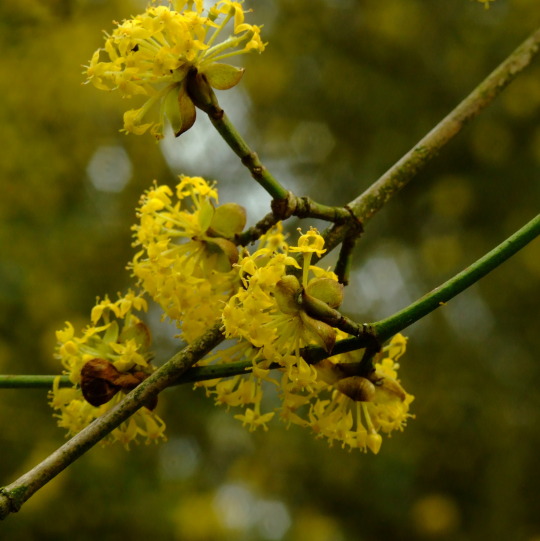




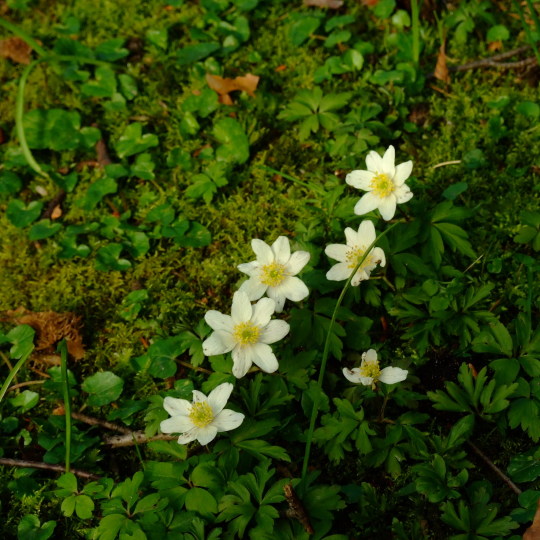

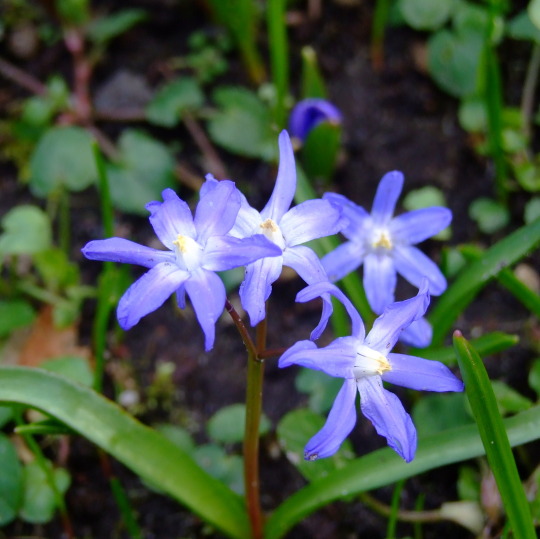
Crocus, Cornus mas, Siberian squill, Anemone, Tulip, Forsythia and Scilla
47 notes
·
View notes
Text
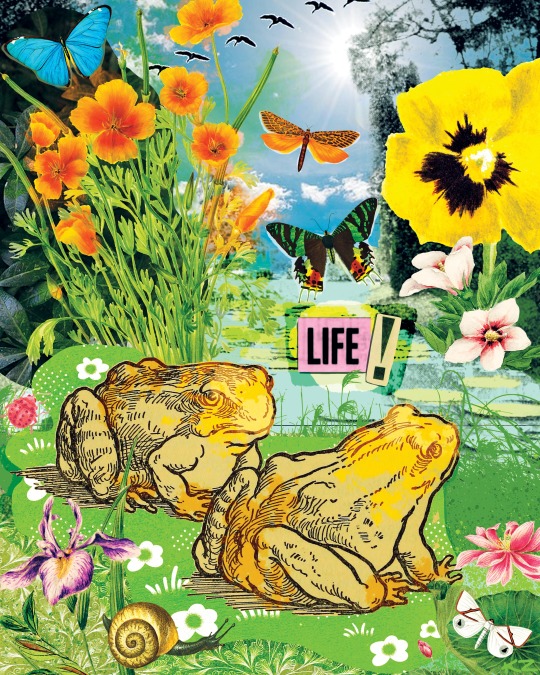
messed around with digital collage today instead of printing
109 notes
·
View notes
Text
if your support of decolonization (anywhere) is predicated on your view of the colonized people as exceptionally peaceable, equitable, environmentally conscious/“in touch” with nature, or otherwise morally superior by your own personal standards, it’s not support. the only moral high ground colonized people need to justify decolonization is …. not being the colonizer

35K notes
·
View notes
Text

Playful Cascades
(c) gif by riverwindphotography, April 2024
2K notes
·
View notes
Text
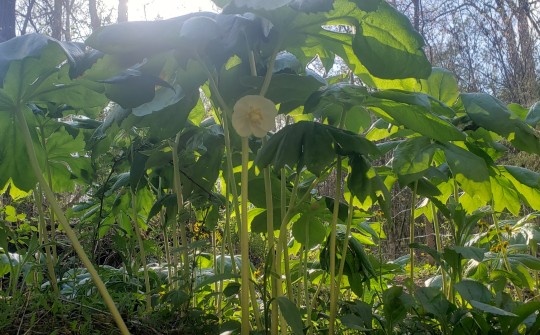

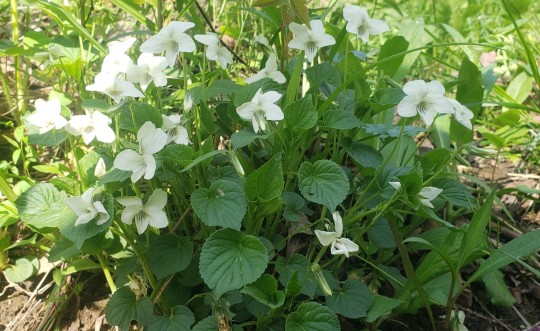

Spring friends
21 notes
·
View notes
Text



Set of Saranac Lake postcards, Adirondack Mountains, NY
Curt Teich & Co., 1941
5 notes
·
View notes
Text
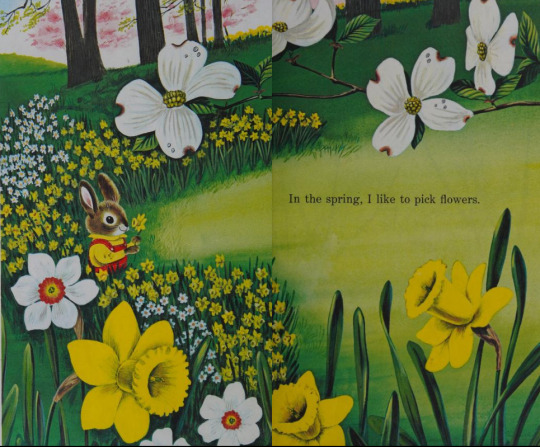



Around and around the seasons
I am a Bunny by Ole Risom, illustrated by Richard Scarry
36 notes
·
View notes
Text

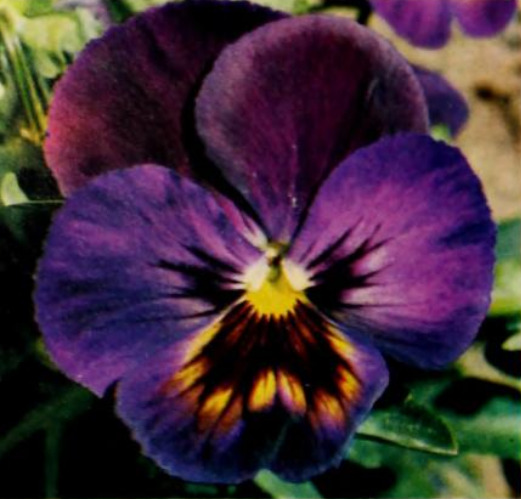
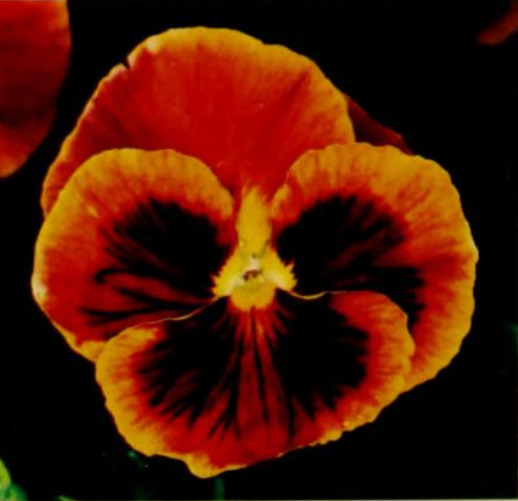
Pansies from Flowers in Color by Francis Stark & Conrad Link, 1973. Pg. 22
29 notes
·
View notes
Photo
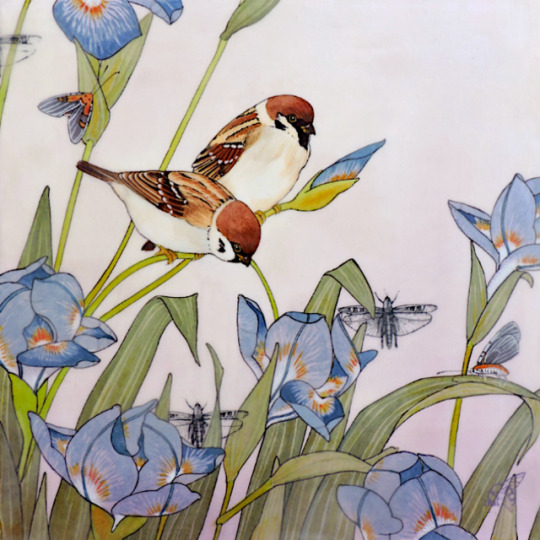
Mary Alayne Thomas, Morning Poetry (Encaustic)
446 notes
·
View notes
Text
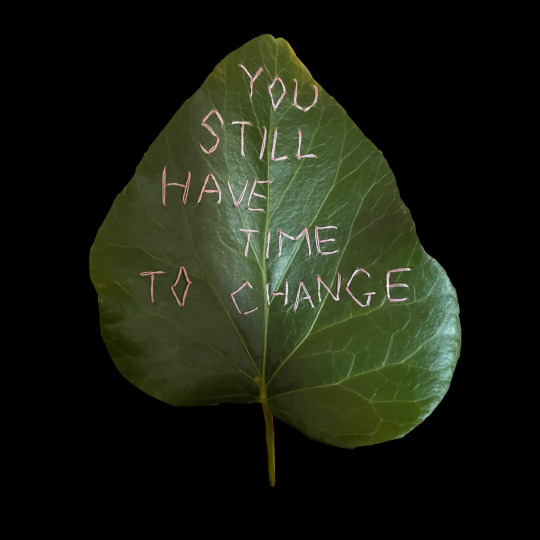
You still have time to change!
(Words sewn into a leaf)
15K notes
·
View notes
